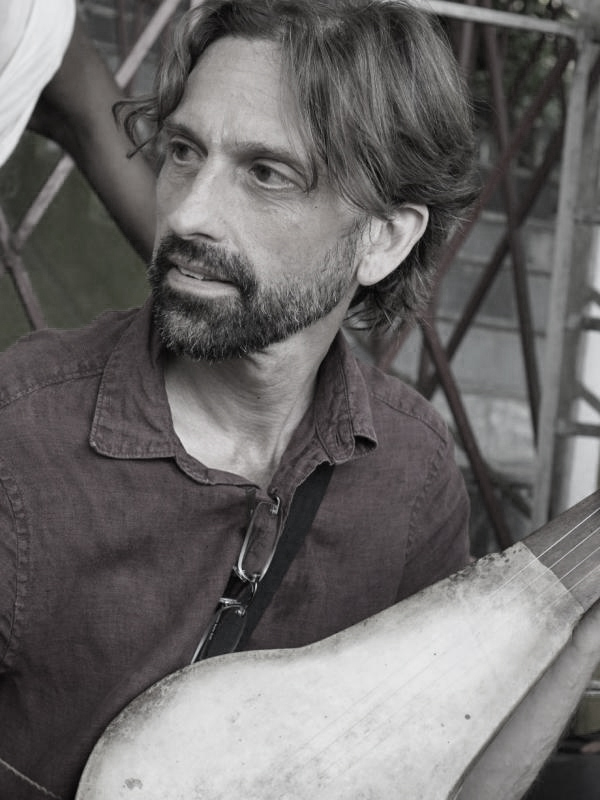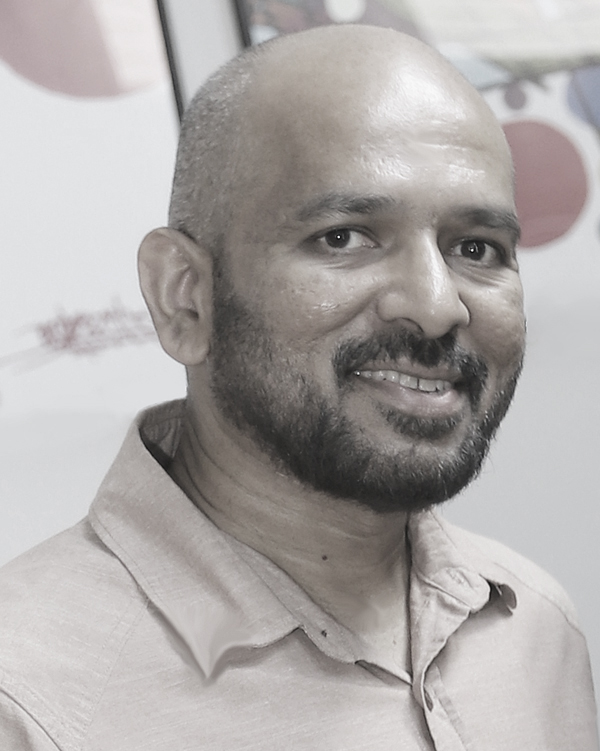Dr. Hugh: I’ve enjoyed many of your cartoons and spiritoons. Can you talk about why cartoons are a useful way of communicating spiritual or other ideas? How long have you been a cartoonist? Has Osho’s work changed the way you think about art and creative expression?
Sudi: When a person comes into direct contact with life without ideas and prejudices, life turns out to be wholesome, wonderful, joyful, and hilarious. An uncorrupted child sees life exactly this way. However, as we grow, the thoughts in our mind come in between and don’t allow us to have direct contact with what is happening directly in front of us. The mind always interprets according to what it already knows. So, any technique that can bypass the mind is useful in getting back in touch with real life. Sudden incidents (or accidents), surprises, overwhelming beauty, and great jokes are ways to achieve this. We’ve heard of Zen masters mercilessly slapping the most worthy and sincere seekers. The mind seizes in such unexpected situations as it can’t have the luxury of thinking in those moments. My cartoons are an effort to put the viewer into those situations by giving them shocks, surprises, unusual twists, etc. Often times, the characters in my cartoons are the viewers themselves. Laughing at oneself looks irrational, but it is a spiritual experience in itself.
I have been drawing since my childhood. My “serious” entry into the world of cartooning started after winning a state-level cartoon award during my high school days. I have continued cartooning throughout my college days and won many more awards and recognitions. Osho’s central message is that of awareness. In earlier days, I mainly did political cartooning. It was so easy for me (or for any other cartoonists) to make fun of others as the subjects of political cartoons are always the other person and situations around those subjects. With Osho, my cartooning mode has shifted as I have started becoming the subject of my own cartoons. The viewer of these cartoons is not separate, as in a political cartoon. Often times, the viewer is the main subject of the cartoon. Most of the time, the viewer sees himself in the cartoon. I started calling them spiritoons because, in my view, spirituality is nothing but a journey of self-inquiry.
 | Dr. Hugh B. Urban, Ph.D. (Professor, College of Arts and Sciences Distinguished Professor of Comparative Studies), The Ohio State University. Dr. Urban is interested in the study of secrecy in religion, particularly in relation to questions of knowledge and power. His work focuses primarily on religions of South Asia and new religious movements in the United States. He is the author of numerous books, including: The Church of Scientology: A History of a New Religion (2011), Tantra: Sex, Secrecy, Politics and Power in the Study of Religion (2003), The Power of Tantra (2010), and Secrecy: Silence, Power and Religion (2021). He is also an avid amateur mycologist and member of the Ohio Mushroom Society. |
Dr. Hugh: What first attracted you to the teachings of Osho? What was there about his message that you found more compelling than other philosophers, gurus, and spiritual teachers of the 20th century? How long have you been involved with Osho’s work and the broader community?
Sudi: In my memory, it was the rebellious nature of Osho’s vision that initially attracted me. I grew up in a middle-class family in Southern India as the youngest of five boys. My father was a forward thinker and social activist, and we children grew up in absolute freedom, free from the strict religious upbringing usually found among Hindu families in India. I was drawn to Sri Narayana Guru, a poet and rebellious spiritual master from South India who raised his voice against orthodox practices and superstitions in India. Participating in cultural events and art competitions was a common thing in our family, and we were all into many other extracurricular activities, including painting, music, and trekking.
During one of the summer school holidays, I fell into a local river and nearly drowned before being rescued by a family friend. This incident made tremendous changes in me emotionally, and I found myself spending most of my time reading whatever I could find. My reading list included books and articles on the afterlife, death, soul, and spiritual masters and authors such as Ramana, Vivekananda, Ramakrishna, Chinmaya, and J. Krishnamurti. It was during this time, browsing through the shelves of our local library, that I somehow came across a few books by Osho. Reading Osho was a completely different experience for me, as he talked about most of the topics I was interested in at the time. Unlike other books I read at the time, Osho talked very clearly, pointing out examples from day-to-day life, causing fewer confusions in me. Also, I found Osho very rebellious in his views of life and religion. I still remember Osho causing a radical shift in my isolated post-accident life by bringing in more laughter and playfulness. My drawing and cartooning interests took on a new life. My connection with Osho began in the mid-1980s when I read his books for the first time. This connection grew deeper and deeper, and I eventually took sannyas initiation to become an Osho disciple. It was much later that I discovered the connection between a Master and Disciple can span many lives. After being connected with the Master for so many years, this is exactly my feeling and understanding.
 | Sudi Narayanan, who draws under the nom-de-plume of ‘SUDI’ is a Sr. Technology Executive by profession from Atlanta in United States. He is an ardent disciple of mystic OSHO and was born in Kerala, India. Sudi has been drawing since childhood and has received various recognitions and awards for his work. He holds a B.Tech in Computer Science & Engineering and an MBA from Colorado State University, Fort Collins, Colorado. Sudi contributes to various newsletters, magazines and books in English, Malayalam, Hindi, and French. He specializes in non-serious spiritual cartoons, which he calls “Spiritoons. |
Dr. Hugh: Osho spoke for four decades on a huge variety of different spiritual, psychological and
philosophical topics. If you could summarize his basic message in a few sentences for an ordinary reader, how would you describe it?
Sudi: Osho creates a real-life context that ordinary people can easily connect with in the world of spirituality. Unlike traditional spiritual teachers who keep on quoting ancient scriptures in order to console the masses, Osho goes directly to the roots of human nature and conditionings (around love, relationship, sex etc) and exposes the age-old conspiracy of priests and politicians in the name of Gods and religions. Osho’s message is that of life affirmation, and his vision calls for a new way of living based on awareness and innocence. According to Osho’s vision, a religious man is one who lives his life totally, spontaneously, and sincerely. Such a man will be joyful, accepting, and loving. Osho’s teachings are accessible to any sincere and daring individual without any prejudice.